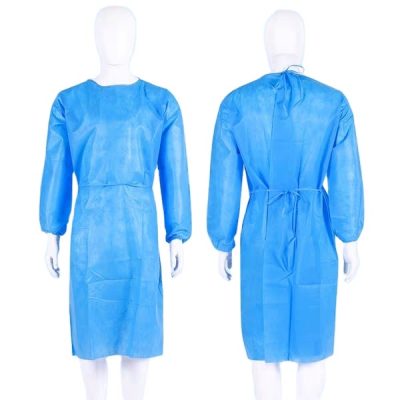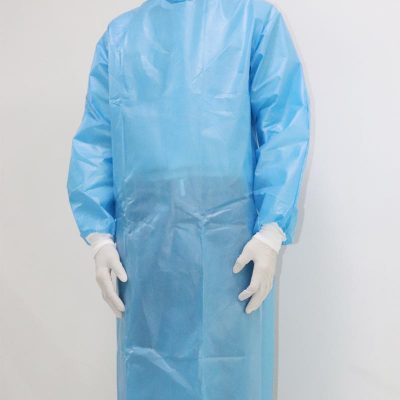The fabrics used in surgical gowns belong to medical shielding fabrics, which mainly focus on barrier properties. Barrier properties include the ability to prevent penetration of liquids and microorganisms. During medical rescue, medical staff will inevitably come into contact with the blood and body fluids of patients. The blood and body fluids of patients may often carry HBV (hepatitis B virus), HCV (hepatitis C virus) and HIV (AIDS virus). Pathogen.
Secondly, the surgical gown should be neat and clean during wearing and use, and it is not easy to produce dander or dust. The fluff and particles falling on the surface of the surgical gown can easily carry pathogens and cause harm to the safety of the patient; at the same time, evaluate the protective performance of the surgical gown Should consider the tension and abrasion resistance of the fabric. Because the rupture and wear of the clothes will cause the pathogen to come into direct contact with the skin of the medical staff, and the surgical gown will lose its protective ability. In addition, the patient’s blood will be splashed out during the operation, so the surgical gown must also have a certain absorption function and water pressure resistance. In addition, surgical gowns should also meet other requirements such as comfort, flame retardancy, and antistatic properties.























